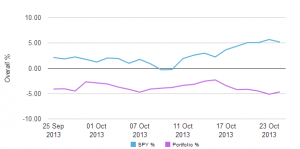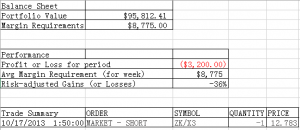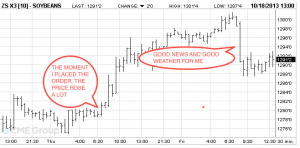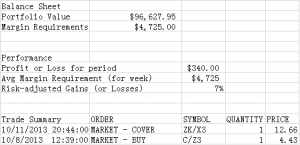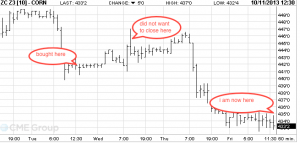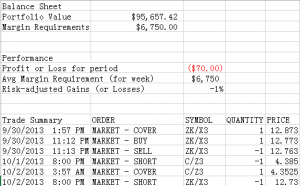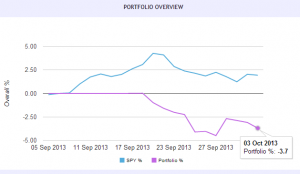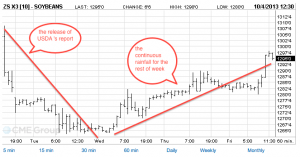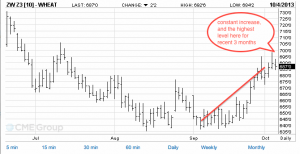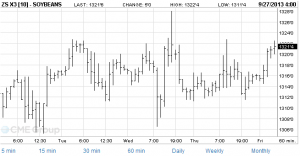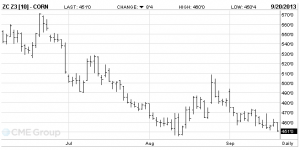The economy of Iceland has greatly depended on gathering and utilizing the resources of the ocean, due to its geographical location, nature and topography. The Icelandic fishing industry has been a pillar industry of the national economy. According to FAO, “export revenue of Iceland from fish and fish products were equal to 42 percent of merchandise exports, roughly 28 percent of total exports and 7 percent of GDP in 2007”. While establishing that fishing is an integral part of the economy, the report also points out that the health of the industry, and thus its impact on the economy poses a concern. Overfishing presents a crisis that must be addressed. So, there is no doubt that Iceland has to establish the most efficient fisheries management system to restore and maintain healthy and diverse fish populations. In this blog, we will discuss about the individual transferable quota (ITQ) system in Iceland.
What is the Individual Transferable Quota system?
ITQ is the system used by the government to control the quantity of fish so that it can prevent excessive depletion of fish resources. In Iceland, the Ministry of Fisheries and Agriculture issues fishing regulations for each fishing year (usually from Sept 1 to Aug 31), and the participants in the fishing activities are guaranteed to have some share of the catch. “The quotas represent shares in the national total allowable catch (TAC), and they are permanent, perfectly divisible and fairly freely transferable.” That is to say, if some fishing participants do not reach their quota, they can transfer or sell the remainder of their unused quota to other participants. Therefore, as defined, the ITQ system is a kind of cap-and-trade system, which is a common as a carbon policy instrument.
How does the Individual Transferable Quota system work?
Before the implementation of ITQ system in Iceland, there were some other fisheries management systems that were applied to control fishing activities; these management systems are employed in conjunction with the ITQ system now. With the introduction of ITQs in 2002, a small annual charge for fishing rights allocation (licensing) was enforced, which increased the requirements for entry, and any vessel with a license was allocated a certain quota each year based on its past catch histories. As it is mentioned before, the quotas are the shares in the TAC, which are permanent, totally divisible and freely transferable. However, in order to prevent over-holding of quotas and to ensure the employment, some restrictions are designed: 1) “no vessels may purchase quotas that are clearly excessive of what the vessel can harvest”, 2) “any vessel that does not harvest 50% of its annual catch quotas in two subsequent years will lost its permanent quota share”, and 3) “fishing rights cannot be stripped from local areas.”
As for setting of TAC, it is a cooperative job between biological scientists from the Marine Research Institute (MRI) and the social economical analysts from Ministry of Fisheries. It usually takes two steps: first, the TAC is suggested by MRI, and then the Ministry of Fisheries makes the final determination based on the suggestion. “When the ITQ was first introduced in demersal fisheries, the final TAC for cod determined by the Minister was usually higher than recommended by the MRI because the adverse effects on the economy had to be taken into account”. Since 1995, a new catch control rule was adopted, which sets cod TACs at 25 percent of the fishable biomass (naturally changes over time). “Setting the TAC as a fixed percent of biomass has focused discussions on the estimate of fishable biomass, removing the TAC rule from controversy”. “In 2000, this rule was amended so that the difference in the TAC for cod between two continuous years should not exceed 30000 MT in order to stabilize the harvesting sector.”
The ITQ system is well implemented and monitored by different government agencies. For instance, the issues of commercial fishing permits is implemented by The Fisheries Directorate, which “allocates catch quotas to Icelandic fishing vessels, tracks quota transfers between vessels, and checks that vessels do not fish in excess of their”. “Licensed operators, hired by port authorities, weigh and record catch, transmitting catch data to the directorate twice daily by computer. While at sea, vessels can be boarded by the Coast Guard to monitor catches and fishing gear.”
The ITQ system also has clear rules at discarding level. According to the Statement on Responsible Fisheries in Iceland, it is ruled that “collecting and bringing ashore any catches in the fishing gear of fishing vessels is obligatory and discarding catch overboard is prohibited and such conduct is subject to penalty according to law”. The reason for the strict rule is that discarding of catches leads to higher death rate of fish and waste of effort.
The effect of the Individual Transferable Quota system
The ITQ system in Iceland has been applied for over 20 years, since its introduction in 1991. There are both some benefits and drawbacks to the system. One of the concerns surrounding the implementation of ITQs is the practice of discarding. Despite clear rules of discarding, the rational choice for fishing participants is to discard lower valued fish to maximize the profit under the limited quota, which leads to the increase of death rate of lower valued fish, like the Icelandic Demerol fisheries. Some other concerns, such as the share allocation, the effectiveness of the trading market and the administrative costs of incurred by the government, are among some of the drawbacks of the ITQ system. Despite the concerns and controversies, the outcome of the ITQ system is very promising, since its implementation has contributed to the improvement of economic efficiency and to the ecological sustainability in the Icelandic fishery industry (which were the initial goals of the policy). As the fishing participants can receive a certain share of ATC, they would rather compete for quality of their catch than for the quantity of their catch. In addition, transferable shares make it possible for inefficient fishing participants to sell their quotas than use them. These implies that these quotas lower the waste of effort and minimize the costs of fishing. As a conclusion, the results discussed above are generally positive, which indicates that ITQ systems, to some extent, can be effective tools for efficient and sustainable fisheries management.
Reference
1.Iceland Ministry of Fisheries and Agriculture. INDIVIDUAL TRANSFERABLE QUOTAS. Retrieved on 21st March, 2014 from:
http://www.fisheries.is/management/fisheries-management/individual-transferable-quotas/
2.Iceland Ministry of Fisheries and Agriculture. STATEMENT ON RESPONSIBLE FISHERIES IN ICELAND. Retrieved on 21st March, 2014 from:
http://www.fisheries.is/management/government-policy/responsible-fisheries/
3. Bonnie Alter. Iceland is the Success Story of Sustainable Fishing. Retrieved on 21st March, 2014 from:
4. Liu Xinshan. (2000): Implementation of Individual Transferable Quota system in Fisheries Management: The case of the Icelandic Fisheries.
5. James N. Sanchiricoa, Daniel Hollandb, Kathryn Quigleyc, Mark Finad (2005). Catch-quota balancing in multispecies individual fishing quotas.
6. Arnason, Ragnar. (1993): “The Icelandic Individual Transferable Quota System: A Descriptive Account.” Marine Resource Economics. VIII No. 3 201-18.
7. OEDC (2011): “Development of the individual transferable quota system in Iceland. ” Fisheries Policy Reform: National Experiences, OEDC publishing
8. Tietenberg, Thomas. (2011). Environmental & Natural Resource Economics 9th Edition. New Jersey: Pearson Education, Inc.,
